The yellow blooming one Celandine , also known as figwort, belongs to the buttercup family. The name Scharbock is a popular name for scurvy. This deficiency disease was successfully combated with the leaves containing vitamin C. The botanical name is Ranunculus ficaria or Ficaria verna, as a synonym.
Occurrence and cultivation of the celandine

Carl von Linné mentioned Ranunculus ficaria for the first time in writing in his Species Plantarum in 1753. In addition, five subspecies of the plant are known. Ranunculus is the Latin diminution of Rana, frog, and thus illustrates the preference of the Celandine on damp, nitrogenous locations. Therefore, the plant is particularly common on boggy meadows and lakes. But it can also be found in bushes and hedges, deciduous forests and their edges. The plant feels good even in shady places in gardens and parks.
Its home is in northern and central Europe, but it also thrives in North Africa and Asia Minor, avoiding the extreme north. In spring is Ranunculus ficaria usually the first green plant to appear in sparse forests. Occasionally it spreads together with the related anemone nemorosa, the white wood anemone, and forms a dense carpet. While the green leaves emerge from the ground in February, the yellow flowers are only visible from March and then bloom until May.
The plant is flown to by many insects due to its bright color, but no significant seeds are formed. The reproduction takes place vegetatively, asexually, via brood tubers, which are located on the lower leaves. They fall off in May, overwinter on the surface of the earth and germinate again in the next spring. In the event of heavy rainfall it can happen that the brood tubers are washed out. Since they resemble grains of cereal, it looks like it rained wheat. Hence they were called earlier Sky barley, heavenly manna or Heaven bread.
During times when food was scarce, these brood tubers were dried together with the lesser celandine tubers. From this flour was ground and processed into bread. Lesser celandine is now used more as an ornamental than as a useful plant. The plant is popular as a ground cover because it hardly gets more than 20 centimeters high and spreads quickly.
Effect & application
The celandine used to be the first source of vitamins in spring for farmers. They knew about the high vitamin C content. Lesser celandine was also part of the travel provisions for the seafarers, as it protected the vitamin C from scurvy and there was hardly any fruit and vegetables available on board. The deficiency disease was often fatal. It was only with the discovery of lemon and sauerkraut as vitamin C carriers that the plant lost its importance.
Today scurvy is no longer an issue with very few exceptions - in the case of long-lasting famine, for example. Nevertheless, the plant is still valued, although it has only a minor meaning in naturopathy. Especially since the name Figwortwhich was given to lesser celandine based on the doctrine of signatures, was misleading. The appearance of the root tuber is similar to that of a genital wart.
Medieval healers tried to treat warts with the juice of the root stock. The successes shouldn't have been too great. Although there have been some reports that the pungent juice of the root burned the warts away. Possibly a placebo effect. Because according to today's scientific knowledge, the juice causes a burning sensation on the skin, the wart itself remains unaffected.
Importance for health, treatment & prevention
Despite everything, the celandine has its firm place in alternative medicine, especially since the high vitamin C content is undisputed. Since the plant spreads easily, there is no shortage of fresh herbs in spring. All parts of the herb can be used. Since Ranunculus ficaria contains slightly toxic substances, anemonin and protoanemonin, like all buttercups, it has a tart, sometimes quite sharp taste.
The degree of spiciness depends on the content of toxins. These in turn depend on the location and the nature of the soil. No large quantities of the raw plant should be consumed. Otherwise, sensitive persons can cause irritation of the mucous membranes, diarrhea and nausea. As a general guideline, the herb should not be eaten after flowering. In the dried state, the plants lose their toxicity for humans and animals.
The leaves, fresh or dried, are used to refine salads, quark, spreads and herbal mixes with their flavor. In a spring salad, the young leaves counteract spring fatigue. The metabolism is boosted by their hot substances. A fortifying drink can be made from pureed leaves, which, when mixed with milk, has a special note. Together with other herbs such as bedstraw, ground elder, ribwort and dandelion, celandine is suitable for blood purification in spring. This mixture is part of the daily menu for four weeks as a tea, in salads, soups and sauces. The organism receives vitality and new impetus.
Roots, nodules and buds can be eaten raw or pickled. Particularly popular: flower buds marinated in vinegar. They make a tasty caper substitute. A tea made from dried leaves helps against skin impurities internally and is used externally for washing. Hemorrhoids are relieved by taking a broth made from celandine in a hip bath. All parts of the plant can be used for juices, teas or bath additives.

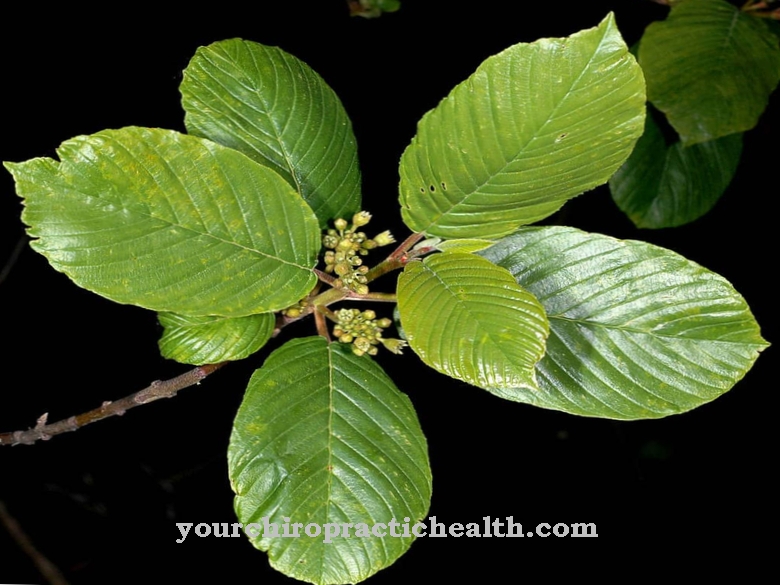

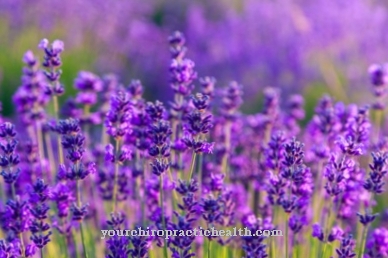
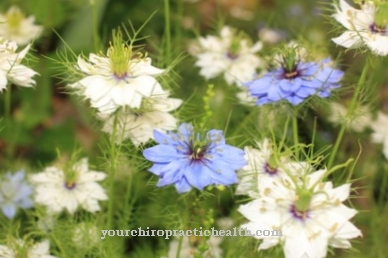
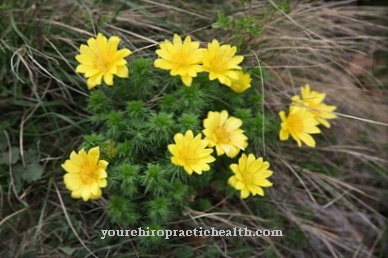
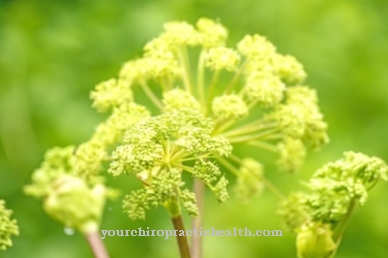

















.jpg)



